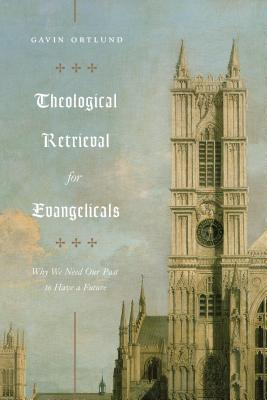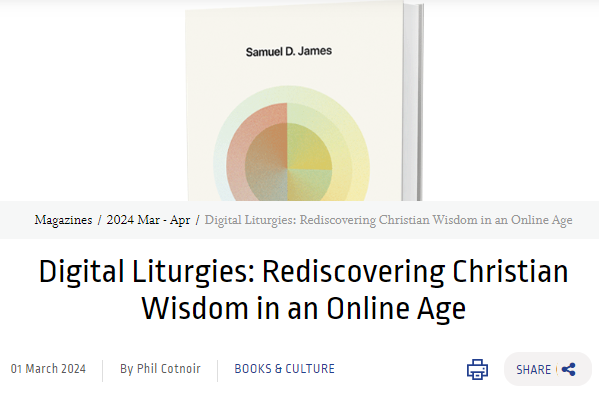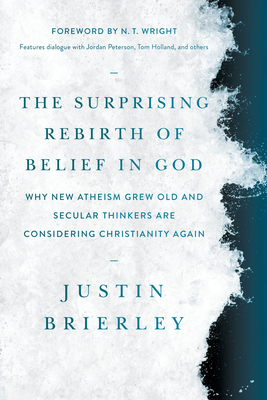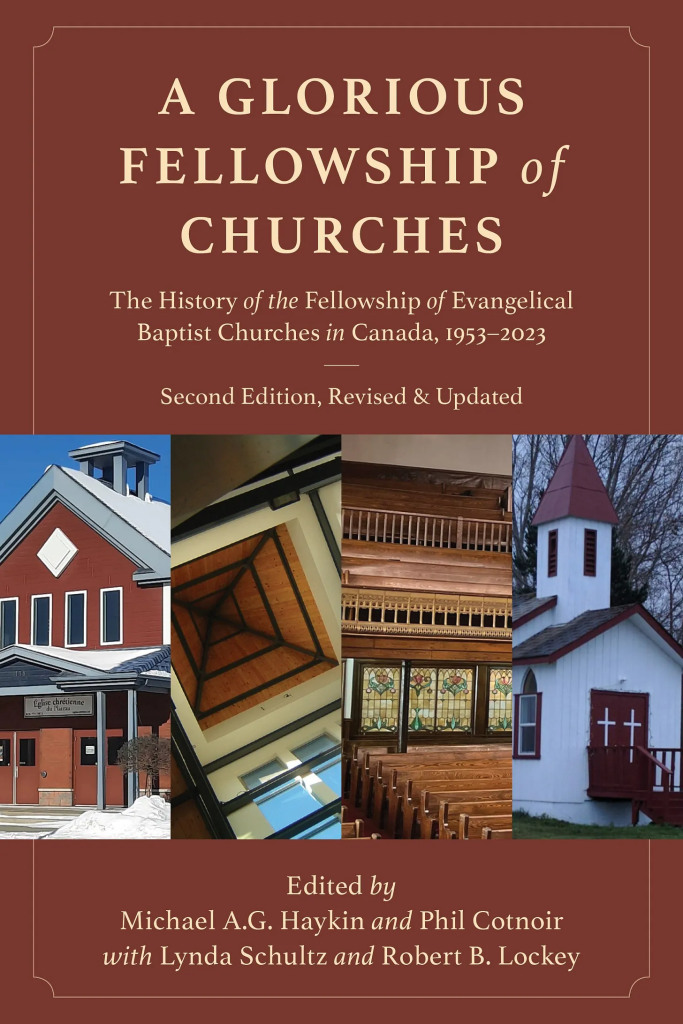My wife and I like Tom Hanks. When we are flipping through the options on a quiet evening, if we see a Tom Hanks movie we haven’t seen, we’re more inclined to look into it and watch the trailer than not. So here we were with access to Apple TV (because we got it for free when we bought our TV recently, and then paid for an extra month to finish Masters of the Air, and then forgot to cancel it), and this Tom Hanks movie shows up: Finch. Post-Apocalyptic? Hmm, we aren’t really into cannibalism. Oh it’s just PG-13, and apparently mostly about a dog. Okay sure, let’s try it.
Fair warning: I’ll be dropping some real spoilers here. The story is that Finch, a man dying of radiation poisoning (we are never told how he got it), has been living by himself in a wind-turbine powered facility outside St. Louis after a worldwide cataclysm caused by a freak solar flare. I’ll give them points for going with a climate catastrophe that isn’t human-caused; very counter-cultural. He stays away from people because they are doing what people always do in post-apocalyptic movies: hunting and stealing and killing and eating each other. Thankfully all of that is left pretty much off-screen – there are plenty of movies where you can get your fill of such things. Finch has a dog who he really loves, and a couple of robotic helpers that he designed, built, and programmed.
His greatest creation is the robot we meet near the start of the film, a bipedal, humanoid robot with a kind of advanced AI ability to learn and pre-loaded with a huge chunk of the accumulated knowledge of humankind. This robot is eventually given the name Jeff. What becomes clear as the movie progresses is that Finch has designed Jeff to take care of the dog when he is gone. And in order to escape a deadly storm, they take a dangerous road trip to San Francisco in a special RV.
Hanks is a good enough actor to carry this movie by himself just like with the classic, Cast Away. “Wilson!” But what I found particularly interesting was the way in which the writers and moviemakers decided to present the robot, Jeff. Everything was designed to make the audience like Jeff. His questions and foibles early on are exactly those of a curious and naïve toddler. Later he takes on the character of a typical teenager as he insists on driving the RV before Finch is ready to trust him with it. Lastly, he matures into the caretaker Finch wanted for his beloved dog. What it boils down to is this: everything likeable about Jeff is what reminds us of humans and not robots. Robots cannot and do not have agency or will, they do not have consciousness or conscience. But we are pretty obsessed with projecting our own internal experience of human selfhood onto the robotic creations we make.
So this is why the robots like C-3P0 and R2-D2 in Star Wars are actual characters – because they behave like human beings and not robots. Back in the 70s the kinds of robotics in the movie were a far-off dream. But not anymore. The more technology and AI advances, the more this spell will be cast, trying to convince us that somehow robots can be as human as we are, that they can think and feel as we do. If you pay attention, this messaging is already out there loud and clear. I will not here divert into the separate but related conversation about whether AI or any other artificial brain-like technology can be somehow influenced or occupied by discarnate intelligences. The answer to that question is a thorny mess of nightmare fuel. For now, let’s stick to the movies.
There is an interesting comparison to be made between Cast Away and Finch. In Cast Away, Hanks’s character becomes so lonely that he paints a face on Wilson and starts talking to him like a friend. The audience knows Wilson is not real, but we also understand that there is something deeply human about the need to connect with someone else like us. It is not good for man to be alone. After all the animals had passed by Adam, the conclusion of the matter was: “But for Adam no suitable helper was found.” This goes deep. We understand that extreme solitude will strain and fray the sanity of almost anyone. But Cast Away does not try to convince us that Wilson is really a suitable friend for Hanks. If anything, the movie helps us realize that pretending to have a friend as a way of holding on to your sanity is better than losing it entirely.
But Finch is a different story. After a pretty interesting opening and middle section—the character is compelling, the robot and dog are amusing, the adventures are exciting—the ending is one of the most dissatisfying movie experiences I can remember. And it is so dissatisfying exactly because it tries to present itself as a happy ending. What is that ending? A montage multiple minutes long of the robot, Jeff, taking care of Finch’s dog after Finch dies. Playing fetch. Feeding it. Ta-da! A robot taking care of a dog, and all the humans dead and gone, or still killing each other like animals off screen somewhere. Finch tries to convince the audience that humans are expendable, and that the best parts of humanity—the love, care, and goodness—can be pulled off just as well by clever robots. Cast Away took away all the humans except one to reveal something profoundly true about humanity; Finch took away all the humans and pretended it didn’t matter.
I’ll tell you – this really did not sit well with me. “Who cares?” I said to myself. If there are no humans to experience it, remember it, tell of it; no children to raise and bequeath what little we have to— then who cares if a robot takes care of a hundred dogs for eternity? The image of God resides not in robots and dogs, as good and glorious as technology and the canine species is. How could that be the ending of the movie? How could that possibly feel like a happy ending to anyone? Because—guess what?—there will not be any robots or dogs watching and comprehending this movie. Why? Because they can’t.
The way this movie resolved, it felt like an advertisement for post-humanity. “Time for this failed experiment called humans to shuffle off the stage and leave things for the robots and animals.” It felt like it was trying to get me to feel good about something that my whole soul was screaming “this is BAD” about. I hope I’m not being unfair here. I love dogs and robots! But they aren’t humans. And no movie made by humans for humans should pretend it’s somehow going to have a satisfying ending for human hearts and minds if that ending has all the humans we spent 90 minutes getting emotionally invested into dead and buried. The only way people could make this movie is if they really convinced themselves that, at bottom, there is no fundamental difference between humans and dogs (just slightly different mammals) or between humans and robots (just computers in bodies).
This gets back to a theme I’ve been returning to repeatedly in this space, and that is the idea of a robust, Christian anthropology. What is a human being? The church really needs to get a handle on its answer to this question, because the assaults against human nature are going to get exponentially worse. If a robot can demonstrate some evidence of consciousness, should we grant it human rights? What about DNA alterations? What about the integration of digital hardware directly into human bodies, like the recent Neuralink patient? What is the Christian response to these things? Are they good? Permissible? Sinful? Demonic?
In a recent podcast interview with Annie Crawford, she quoted a certain Stratford Caldecott as saying: “We don’t know how to educate, because we don’t know what a human is; we don’t know what a human is because we don’t know what reality is; and we don’t know what reality is because we don’t know the One who made reality.” This sums up the depth of the problem nicely, as well as the beauty and nestled, fractal unity of the ultimate Answer.







